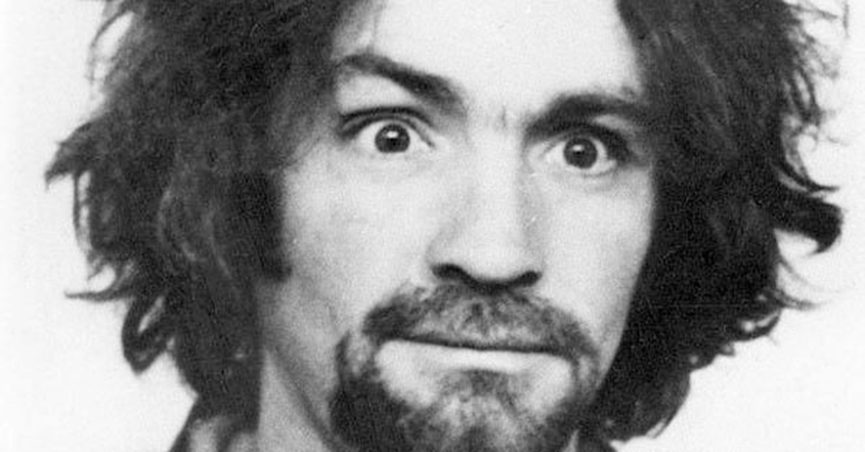Buried in the back pages of newspapers, not even making it onto many television and radio news programs this summer, was the news that Gov. Brown again refused parole a member of the murderous Manson Family gang. This, while a parole board denied freedom to another.
These actions raised more questions than they answered.
- Should heinous killers like Charles Manson and most of his vicious followers ever be allowed back on the streets?
- What might new and younger governors with no personal memories of the Manson-inspired 1969 murder spree do when parole boards made up of their appointees recommend freedom for these and other murderers whose crimes are
In his latest refusal of a Manson Family member’s parole bid, Mr. Brown denied release to Bruce Davis, convicted in 1972 in the slayings of musician Gary Hinman and movie stuntman Donald (Shorty) Shea.
Mr. Brown did not deny that Davis has improved himself and gone 25 years with no prison discipline for misconduct.
But, he said, these things are “outweighed by negative factors…incredibly heinous and cruel offenses like these constitute the ‘rare circumstances’ in which the crime alone can justify a denial of parole.”
Mr. Brown’s action came within a day of a ruling by a parole panel at the California Institute for Women in Corona blocking release for former Manson follower Patricia Krenwinkel, whose lawyer insisted she only went along with the Manson murders because of physical abuse by Manson.
The board wasn’t buying it, perhaps because Krenwinkel was one of several “Manson girls” who came to court daily during their trials with X’s carved into their foreheads as signs of continuing support for Manson.
Krenwinkel was one of those who cut power and telephone lines at the Beverly Hills-area estate of actress Sharon Tate and then murdered her and four others, stabbing them over and over.
One Version of War
The next night, she helped kill grocer Leno LaBianca and his wife Rosemary in the Hollywood Hills, helping carve the word “WAR” into one victim’s stomach and scrawling other words in blood near the victims’ bodies.
Besides the murders themselves, one troubling part of all this is that parole boards persistently recommend release for some Manson followers.
They are perhaps the best-known of many sadistic California killers, including the likes of Edmund Kemper, the Santa Cruz area’s “Coed Killer” of the 1960s and ’70s, and Lawrence Bittaker and Roy Norris, the notorious Tool Box Killers who kidnapped, raped, tortured and murdered five young women in Southern California in 1979.
While Mr. Brown has said that some serious criminals can “change their thinking,” he has always left the Manson Family killers out of that category. No one knows if future governors will do the same.
That’s why it’ is high time the Legislature created a new category of crime, one whose perpetrators can never be considered for parole.
Had such a law existed when the Mansons and some others were convicted, relatives of the victims would not have to feel compelled to attend parole hearings and revive their pain every few years just to make sure the most brutal of murderers don’t go free.
For sure, the Manson followers have been like a plague on California’s consciousness that’s impossible to eradicate. They keep trying for parole and Mr. Brown keeps saying no, as did predecessors Gray Davis and Arnold Schwarzenegger.
Perhaps these killers are encouraged by the success a few of their former pals in the Family had in getting released:
Linda Kasabian in the 1970s as part of a plea deal that saw her provide key testimony against Manson and friends, Steve Grogan in 1985 for leading authorities to the body of Shea on the Spahn Movie Ranch near the Los Angeles suburb of Chatsworth and Lynette (Squeaky) Fromme in 2009, more than 30 years after she tried to shoot then-President Gerald Ford. None of those three, however, participated in the Tate or LaBianca killings.
The repeated parole attempts are certainly within the legal rights of all convicted killers, but they should not be. It’s high time legislators make sure no future governor can ever loose this worst sort of criminal back on the public.
Mr. Elias may be contacted at www.tdelias@aol.com.
His book, “The Burzynski Breakthrough: The Most Promising Cancer Treatment and the Government’s Campaign to Squelch It,” is now available in a soft cover fourth edition. For more Elias columns, go to www.californiafocus.net

